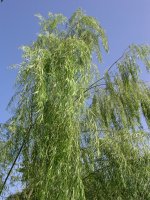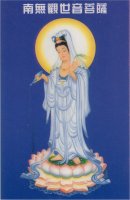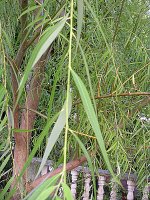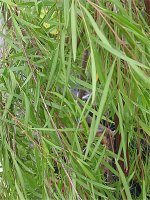Submitted by zhenliang on

The Willow
In Chinese medicine, the plant is mainly used as a disinfectant and an antiseptic. The young shoots are boiled in water to extract the water soluble medicinal substances and used as a wash for abscesses, ulcers and skin diseases. Willow bark has been used throughout the centuries in China and Europe, and continues to be used by herbalists today for the treatment of fever, pain (particularly lower back pain), headache, and inflammatory conditions such as arthritis.
A decoction of the bark of the shoots and the roots are also used for jaundice, rheumatism, venereal disease and fever. The use of willow bark dates back to the time of Hippocrates (400 B.C.) when patients were advised to chew on the bark to reduce fever and inflammation. The shoots are also used to treat measles. The gum from the plant and the down of seeds are prescribed for sores. The thin long twigs are used for treating rheumatism and gonorrhoea.
The Willow bark was used traditionally by herbalists for fever, headache, pain, and rheumatic complaints. It contains salicin or salicylates. In the late 19th century, the constituent salicylic acid was isolated from willow bark and went on to become the model for the development, as one of the main chemical compounds of aspirin (acetylsalicylic acid). Other chemical compounds of the plant are salicylic acid, shikimic acid (from Salix babylonica), rutin and phenol.
A small tree, can be planted in a large pot. There are separate male and female plants. Leaves are simple and narrow, usually hanging downwards. In olden times, Chinese ladies burn the willow stem and use the coal to draw their eyebrows. The Avatamsaka Sutra mentions this plant. Avalokiteshvara (Guan Yin) and Medicine Buddha are frequently protraited holding a willow twig in their hands.
The Common willow, Salix babylonica, called "yang liu shu" in Chinese should not be mistaken for another popular Chinese medicinal plant, the Chinese tamarisk twig, Cacuman tamaricis, called "xi he liu" in Chinese. The Chinese tamarisk twig is a cone bearing plant (gymnosperm) belonging to the family Cupressaceae, where as the Common willow is a seed bearing plant (angiosperm) belonging to the family Salicaceae. It is interesting to note that both these two plants contains nearly the same chemical compounds and are used to treat quite similar cases.
Scientific name: Salix babylonica
Common name: Willow Tree,
Chinese name: Yang Liu Shu
TWO COMMON TYPES OF WILLOWS IN MALAYSIA :
1. The common willow, a larger tree (each leaf is about 12 cm long)
2. The less common small leaved willow (each leaf is about 5 cm long)





